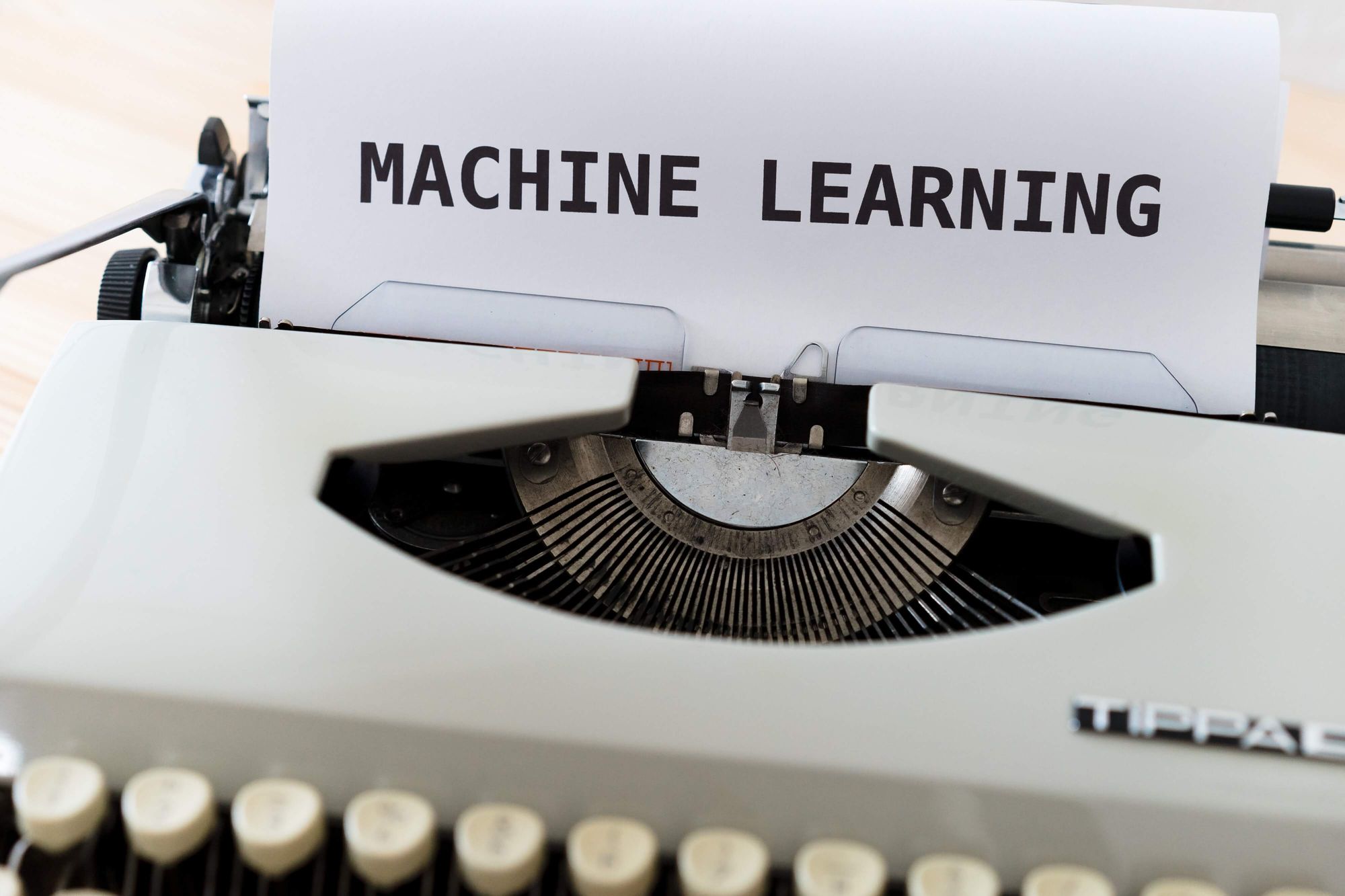Are you tired of spending hours on manual financial planning and analysis (FP&A) processes? What if we told you there was a solution that could not only save you time but provide more accurate forecasts?
Enter FP&A machine learning (ML). By automating manual processes and utilizing advanced algorithms, it's never been easier to access in-depth insights and predictions. But the question still remains – is it time to say goodbye to manual FP&A processes for good?
We'll let you decide that one for yourself. For now, though, let's explore how FP&A machine learning is powering a new era of finance.
Topics covered:
- What is machine learning in finance?
- 5 undeniable benefits of machine learning in FP&A
- Common use cases for FP&A machine learning
- Risks and limitations of machine learning in FP&A
- What to consider before embracing FP&A machine learning
- How to get started with machine learning in FP&A
- Tips to leverage machine learning in FP&A
What is machine learning in finance?
Machine learning in finance refers to the application of algorithms that can analyze complex volumes of financial data and learn from them.
The use of machine learning in finance has become integral to many phases of the financial ecosystem. These include everything from approving loans and carrying out credit scores to managing assets and assessing risk.
Machine learning can be particularly useful for FP&A to identify trends, forecast future outcomes, and optimize resource allocation.
You can also use it to analyze mountains of historical sales data, customer behavior, and market trends in a matter of minutes.
5 undeniable benefits of machine learning in FP&A
In today's fast-paced financial landscape, time is of the essence, and accuracy is critical. By leveraging FP&A machine learning, you can transform your day-to-day processes for the better.
Here's how:
1. Enhanced forecast accuracy and precision
You can create driver-based self-learning models to leverage data and provide greater consistency and accuracy in forecasting.
2. Increased productivity and efficiency
Delegate your most time-consuming tasks to machine learning technology. In doing so, you can free up time to focus on more strategic initiatives such as business partnering.
3. Better-informed decisions with valuable insights
Machine learning unlocks powerful business insights from large datasets that were previously difficult to discover and optimize. FP&A teams can identify patterns, trends, and anomalies that may have gone unnoticed with traditional forecasting methods. These insights can inform strategic decision-making and give businesses a competitive edge.
4. Decreased cycle times
FP&A processes can be completed faster, reducing cycle times and enabling teams to respond more quickly to changing business conditions. Automated forecasting and update capabilities allow for faster iterations and reduce the need for manual iterative cycles. Oftentimes, this reduces budgeting and forecasting cycles from months to weeks and even days in some cases.
5. Real-time scenario planning and sensitivity analysis
FP&A machine learning gives you the power to run scenarios in real time and forecast across all of them simultaneously. Machine learning can also perform sensitivity analysis at an astonishing level of precision. This helps businesses better understand how changes in key variables will impact their financial performance.

Common use cases for FP&A machine learning
Machine learning in FP&A harnesses the power of data-driven insights, automates repetitive tasks, and optimizes resource allocation. But how are finance teams leveraging this technology in their roles?
Here are a few common use cases:
- Forecasting: Financial forecasting using machine learning involves training algorithms to analyze historical data and identify patterns to make predictions about future financial trends.
- Automating data management: Instead of spending time manually inputting data, monitoring spreadsheets, and updating databases, machine learning models can automate these tasks. You can delegate things like data entry and data cleaning.
- Fraud detection: By analyzing transaction data and identifying patterns of suspicious behavior, machine learning algorithms can help organizations detect anomalies and prevent fraudulent activities.
- Predictive modeling: With machine learning, FP&A teams can build predictive models that use historical and real-time data to forecast future outcomes, identify trends, and uncover opportunities for growth. This can help businesses make more informed decisions and stay ahead of the competition.
- Optimizing portfolio performance: Machine learning can swiftly identify patterns and trends in the stock market, machine learning can help organizations make informed decisions about where to allocate their resources. This can lead to better investment returns and improved overall performance.
- Customer segmentation: Analyzing customer data and spotting patterns with machine learning technology makes it easier to segment customers based on their behaviors, preferences, and needs.
- Pricing optimization: Optimize your pricing strategies by analyzing market trends, competitor pricing, and customer behavior.

Risks and limitations of machine learning in FP&A
While machine learning has many potential benefits in FP&A, it also carries some risks and limitations, including:
1. Data quality
Machine learning algorithms need large volumes of high-quality data to learn from. If the data is inaccurate or incomplete, it can lead to incorrect or biased predictions. So, you must ensure the data used in machine learning models is trustworthy and reliable.
2. Over-reliance
You must be cautious about over-reliance on machine learning algorithms. Although they can automate many tasks, they cannot replace human judgment and experience. It's important to understand the limitations of machine learning and use it as a tool to support decision-making rather than a substitute for it.
3. Model complexity
Machine learning algorithms can be complex and difficult to interpret. As a result, it can be challenging to understand how they arrived at a particular prediction or decision. This can be a significant issue when attempting to explain results to stakeholders and regulators.
4. Security and privacy
As with any technology that involves sensitive financial data, there are some security and privacy risks associated with machine learning in FP&A. It's essential to ensure that data is secure and that access to it is appropriately controlled.
5. Bias and discrimination
Machine learning algorithms can unintentionally amplify biases that exist in the data used to train them. This can lead to discriminatory outcomes that impact certain groups of people unfairly. Therefore, it's crucial to monitor machine learning models and ensure they're not perpetuating existing biases.

What to consider before embracing FP&A machine learning
As organizations begin to explore the potential of machine learning in FP&A, it's crucial to consider a few important factors before diving in headfirst.
Here are a few key considerations you can evaluate to help build out your organization’s machine-learning roadmap:
1. Data cleanliness
Data is the foundation upon which the future of finance will be built. Therefore, data within your organization must be clean, accurate, and reliable. This applies to all business units throughout the organization, not just finance.
2. Data governance
It's important to have data governance in place throughout your organization to maintain data integrity. Identify any data issues early on to avoid downstream waste.
3. Familiarity with external, ambiguous, and unstructured data
Take time to get to know your data. And, explore how external indicators can help deliver better insights to the business. This is where advanced analytics and machine-learning technologies can be particularly useful.
4. Timeframe for reconstructing end-to-end business planning logic
Building a fresh approach to unraveling and reforming business planning logic takes time. Establish a reasonable timeframe to achieve this and challenge the use of more convenient lift-and-shift strategies.
How to get started with machine learning in FP&A
There are several areas of FP&A where machine learning can be applied, including financial forecasting, financial modeling, and financial planning and budgeting.
In this section, we'll explore each area in detail and provide practical advice on how to use machine learning to improve your FP&A processes.
ML and financial forecasting:
Machine learning can be a powerful tool to improve the accuracy and precision of financial forecasts. To get started with machine learning in financial forecasting, the first step is to identify the key drivers that impact your business and gather historical data for those drivers.
Next, you can use machine learning algorithms to identify patterns and relationships in the data and use those insights to make more accurate forecasts.
Note: It's important to continually monitor and adjust the algorithms based on actual results to improve their accuracy over time.
ML and financial modeling:
Financial modeling is a crucial component of FP&A, and machine learning can help streamline and improve the accuracy of this process.
To get started with machine learning in financial modeling, pin down the key variables and assumptions that go into your models.
Then, you can use machine learning algorithms to test different scenarios and identify the most likely outcomes. This can help you make more informed decisions and mitigate risks.
ML and financial planning and budgeting
Machine learning can also be applied to the financial planning and budgeting process, helping to improve accuracy, efficiency, and flexibility.
Similarly to how financial forecasting machine learning works, you've also got to start by identifying and fathering historical data for the key drivers of the business.
Next, you can use machine learning algorithms to analyze the data and identify trends and patterns. This can help you develop more accurate forecasts and make more informed decisions about resource allocation.
Additionally, machine learning budgeting models can help you automate many of the manual tasks involved in the planning and budgeting process, freeing up time for more strategic activities.

Tips to leverage machine learning in FP&A
So, you're sold on the benefits of FP&A machine learning, but where do you start? Don't worry, we've got you covered with some tips to help you make the most of this powerful technology.
1. Start with a clear goal: Before diving into machine learning, it's essential to have a clear understanding of what you hope to achieve. Identify specific challenges or pain points in your forecasting process and set measurable goals for improvement.
2. Invest in quality data: Machine learning algorithms are only as good as the data they're trained on. Make sure your data is clean, accurate, and relevant to your forecasting needs.
3. Choose the right algorithm: There are countless machine learning algorithms out there, each with its strengths and weaknesses. Take the time to research and choose the one that's best suited to your specific needs.
4. Don't forget the human touch: While machine learning can do wonders for forecasting accuracy, it's important not to overlook the value of human expertise. Ensure that your team has a solid understanding of the data and can provide the necessary context to help algorithms make informed predictions.
5. Iterate and improve: Machine learning is not a one-and-done solution. Continuously evaluate the effectiveness of your algorithms, and use that feedback to improve and iterate over time.
FP&A machine learning FAQs
Will FP&A be automated?
Well, some parts of FP&A might be automated, but it's unlikely that the whole field will be. Machine learning and other tech can help with tasks like forecasting and data analysis, but we'll still need humans to interpret those results and make strategic decisions.
Do financial analysts use machine learning?
Absolutely! Many financial analysts use machine learning to analyze large data sets, spot patterns and trends, and predict future performance. It can also automate certain tasks, giving analysts more time to focus on strategic activities.
Should finance professionals learn machine learning?
While not every finance professional needs to be an ML expert, it can definitely help to know the basics. Understanding how machine learning works can help you better use the tech in your job and communicate more effectively with data scientists and other tech-savvy folks.
What is ML for financial modelling?
Machine learning for financial modeling is all about using algorithms to analyze financial data, identify patterns, and make predictions about future performance. These models can help with things like investment strategies and risk management.
What is ML in financial planning?
Machine learning in financial planning involves using algorithms to analyze data and make predictions about future financial performance. This can include forecasting revenue and expenses, identifying potential risks, and developing financial plans to achieve specific goals.
What is the use of ML in forecasting?
Machine learning can be used in forecasting to analyze large data sets, identify patterns and trends, and make predictions about future performance. This can include forecasting revenue and expenses, identifying potential risks, and developing financial plans to achieve specific goals.
What are the main 3 types of ML models?
There are three main types of machine learning models: supervised learning, unsupervised learning, and reinforcement learning. In supervised learning, models are trained on labeled data and then used to make predictions about new data. Unsupervised learning models are trained on unlabeled data and used to find patterns and relationships in the data. Reinforcement learning models are trained to make decisions in a dynamic environment, receiving feedback, and adjusting their approach over time.





